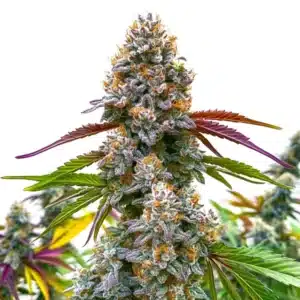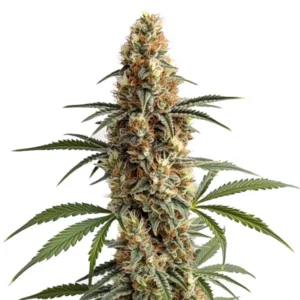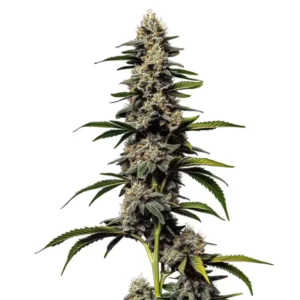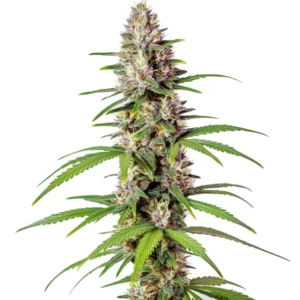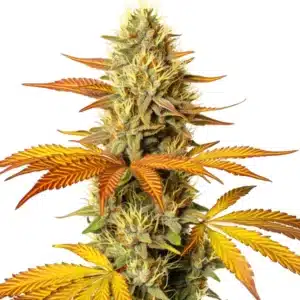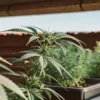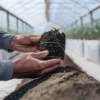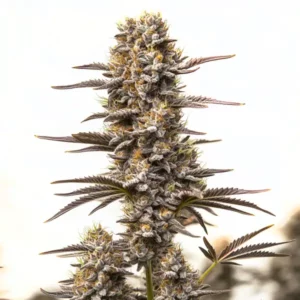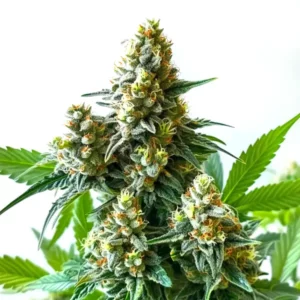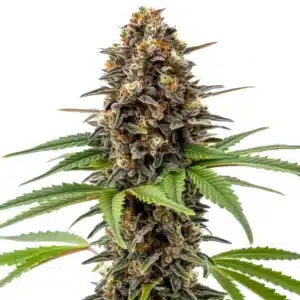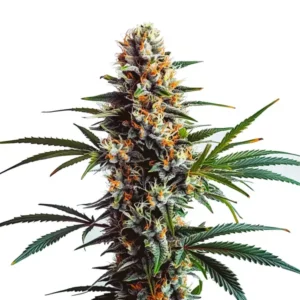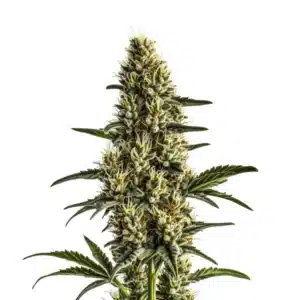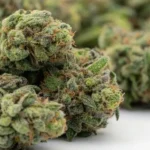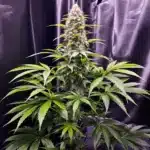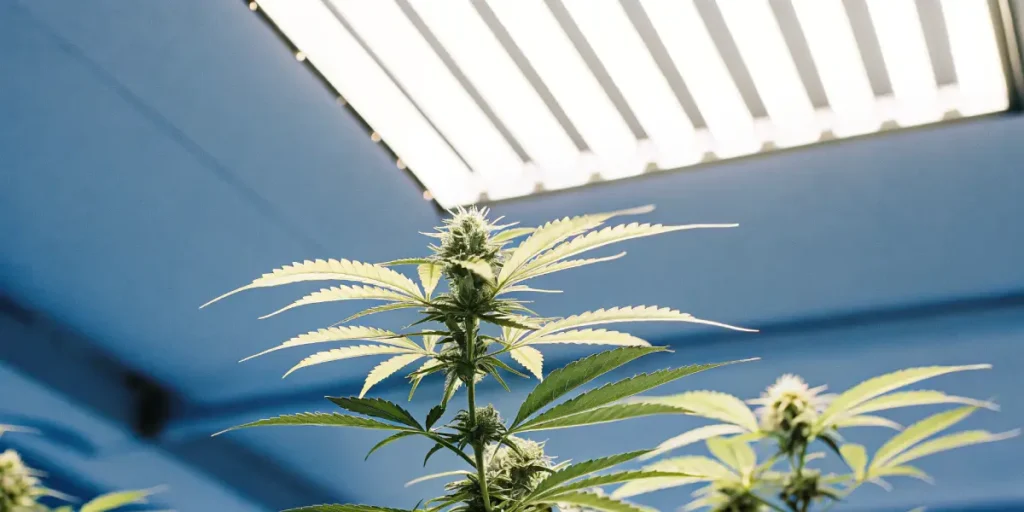
When to Top Cannabis Plant for Best Results
Topping cannabis plants is a popular technique among growers. This process involves cutting the main stem to encourage the plant to grow more branches. More branches mean more buds, which is what every grower wants. But when to top cannabis plant for best results? Timing is key. Choosing the right moment ensures your plants maximize their growth and yield.
The best time to top cannabis plants for yield usually falls during the vegetative stage. During this phase, your plants are focusing on growing leaves and stems. This is when the plant is most resilient and can recover quickly from the stress of topping. By doing this, you allow your plant to develop a fuller canopy, which leads to more bud sites.
Recommended Strains
Critical Daddy Purple
|
|
THC | 19% (Medium) |
|
|
Type | Feminized |
|
|
Yield | High |
|
|
Phenotype | 50% Indica / 50% Sativa |
Mamba Negra
|
|
THC | 18% (Medium) |
|
|
Type | Feminized |
|
|
Yield | High |
|
|
Phenotype | 55% Indica / 45% Sativa |
Timing isn’t the only factor. Your plant’s health is crucial. A healthy plant responds better to topping. Look out for strong, vibrant growth before making any cuts. If your plant looks stressed, wait a few days. Patience pays off, ensuring your topping efforts lead to optimal results.
Ideal Timing for Topping Cannabis Plants
When is the best time to top cannabis plants? Typically, it’s when they have about 4-6 nodes. Nodes are the points on the stem where leaves grow. At this stage, the plant is sturdy enough to handle the topping process. If you top too early, you risk stunting its growth. Waiting too long might lead to a taller plant that’s harder to manage.
Once you’ve identified the 4-6 node stage, make a clean cut above the node. A sharp pair of scissors or a blade is essential for this task. Clean tools prevent infections, ensuring your plant stays healthy. After topping, your plant will redirect its energy to growing side branches, enhancing its overall structure.
Knowing when to top cannabis plant for best results involves observing the plant’s overall vigor and readiness. The best time to top cannabis plants for yield is when they exhibit robust growth patterns. This signifies that the plant is in an active growth phase, making it the ideal timing for topping cannabis plants to encourage a bushier structure.
Besides to counting nodes, consider the plant’s overall environment. Optimal light conditions and nutrient availability play a role in determining when is the best time to top cannabis plants. Ensuring these factors are in check will support the plant’s recovery and maximize the benefits of topping.
Choosing the Right Strain
Different cannabis strains react differently to topping. For instance, the Mamba Negra strain from Blimburn Seeds is known for its vigorous growth. This makes it an excellent candidate for topping. Its strong structure supports multiple branches, leading to a bountiful harvest.
Another great choice is the Critical Daddy Purple strain. This strain loves to bush out when topped, providing a dense canopy. With the right care, it rewards growers with a generous yield. It’s perfect for those aiming for maximum growth and production.
Choosing the right strain is integral to topping cannabis plants for optimal results. Some strains, like Mamba Negra, thrive under topping due to their inherent growth characteristics. This is why understanding the strain’s genetic makeup can be crucial for determining when to top cannabis plant for best results.
Strains with naturally strong and resilient structures can better handle the stress associated with topping. For growers aiming for maximum yield, selecting strains that are known to respond positively to topping can significantly impact the overall success of the grow.
Promos & Deals
Topping Cannabis Plants for Optimal Results
To achieve the best results, consistency is vital. Regular care and maintenance make a huge difference. After topping, monitor your plants closely. Check their response to ensure they’re thriving. Adjust your care routine as required, watching for signs of stress or nutrient deficiencies.
Feeding your plants properly supports their recovery and growth. High-quality nutrients provide the support they need post-topping. Nutrient-rich soil or a balanced hydroponic solution works wonders. Keep an eye on your plant’s leaves, as they often indicate nutrient needs.
Knowing when to top cannabis plants for maximum growth involves more than just the act of topping. It requires a comprehensive approach to plant care. Regular observation and adjustments post-topping help in achieving the desired plant structure and yield.
Incorporating techniques like proper pruning alongside topping ensures that the plant’s energy is directed efficiently. By focusing on both timing and technique, growers can optimize their efforts, resulting in healthier plants and improved yields.
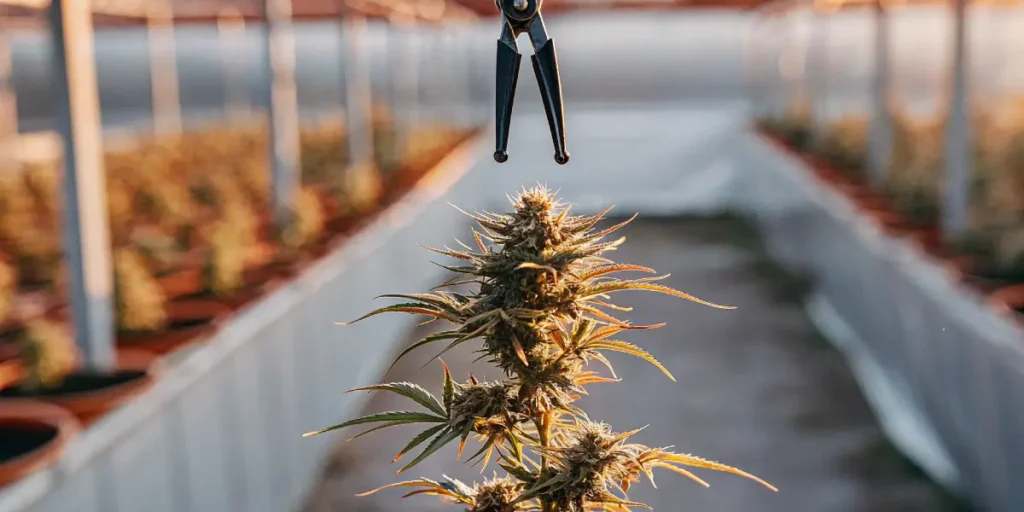
Practical Tips for First-Time Growers
If you’re new to growing, starting with a forgiving strain is wise. Mamba Negra is user-friendly and adaptable, a top choice for beginners. Its resilience allows room for minor mistakes while still delivering a satisfactory yield.
Set up a controlled environment. Consistent lighting, temperature, and humidity levels create ideal growth conditions. This stability helps plants recover quickly after topping, allowing them to focus on developing new branches.
Documenting your grow process is essential, especially when learning when to top cannabis plant for best results. Keeping a detailed journal allows you to track what works and what doesn’t, providing valuable insights for future grows.
First-time growers should focus on mastering the basics of plant care. Understanding the needs of your specific strain and maintaining a stable environment can make the process of topping cannabis plants much more manageable and successful.
When to Top Cannabis Plants for Maximum Growth
Maximizing growth involves more than just timing. It’s a combination of proper technique, strain selection, and environmental factors. Paying attention to these aspects ensures your plants grow to their full potential. The 4-6 node stage remains a crucial period, but each plant may have specific needs.
Regular observation helps you understand your plants better. Notice how they react to different conditions, such as changes in light or feeding schedules. This awareness enables you to make informed decisions, improving your topping technique with each grow cycle.
Experienced growers know that understanding when to top cannabis plants for maximum growth is an art as well as a science. It requires intuition and attention to detail to assess when a plant is ready for intervention and how it is responding to your care.
Incorporating environmental control techniques such as adjusting light cycles and ensuring consistent temperature can enhance the effectiveness of topping. These methods create an environment conducive to recovery and growth, ensuring that your plants reach their full potential.
Advanced Techniques for Experienced Growers
Experienced growers might experiment with multiple toppings. This advanced technique involves topping the same plant more than once. It encourages even more branching, but requires a keen eye and steady hand. Knowing when to top cannabis plant for best results in this context is crucial.
Super cropping is another method to consider. It involves bending the branches to increase light exposure. Combined with topping, it maximizes the plant’s canopy and enhances yield. This technique suits strains like Critical Daddy Purple, which respond well to stress.
For seasoned growers, refining the timing and frequency of topping can lead to enhanced plant performance. By carefully evaluating when to top cannabis plants for maximum growth, more experienced cultivators can push the limits of their plants’ capabilities.
Exploring advanced methods such as the SCROG technique can further improve yield. This technique, when used alongside a well-timed topping strategy, can dramatically increase the plant’s exposure to light and boost the overall harvest quality.
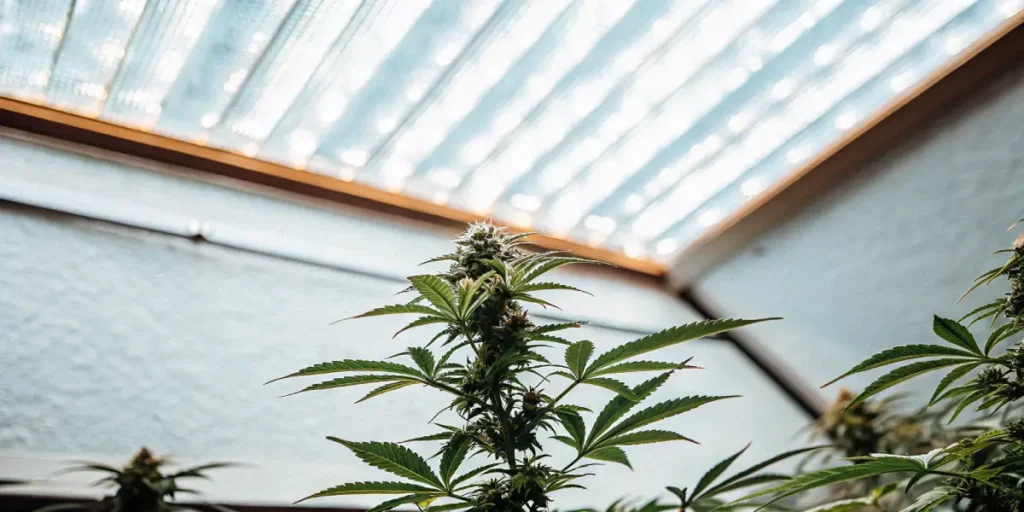
FAQs
What is the best time to top cannabis plants for yield?
The optimal time for topping cannabis plants for yield is during their vegetative stage. This is when they are actively growing leaves and stems. At this point, the plant can handle the stress of topping and recover quickly. Topping during this stage encourages the plant to develop more branches, leading to an increase in potential bud sites.
By targeting the vegetative stage, especially around the 4-6 node mark, you ensure the plant’s energy is redirected towards producing a fuller canopy. This strategic timing is crucial for maximizing yield. Always ensure your plant is healthy before topping to achieve the best results.
Knowing the best time to top cannabis plants for yield involves recognizing the plant’s growth patterns and readiness. The 4-6 node stage is often cited as the ideal timing for topping cannabis plants to ensure the plant’s energy is optimally redirected.
Healthy plants with a vigorous growth pattern are more likely to thrive post-topping. Ensuring that your cannabis plant is under optimal conditions is key to maximizing the benefits of this technique and achieving a higher yield.
How do I know when to top cannabis plants for maximum growth?
To determine the best time for topping cannabis plants for maximum growth, observe your plant’s structure. Wait until it has developed 4-6 nodes. Nodes are where leaves and branches grow from the stem. At this point, the plant is established enough to handle topping without stunting its growth.
Besides the node count, ensure the plant is healthy and vigorous. A plant showing strong, vibrant growth is more likely to respond positively to topping. If your plant looks stressed or weak, delay the topping process until it is in better condition.
Recognizing the signs of a healthy plant is crucial in determining when to top cannabis plant for best results. Vigorous growth, sturdy stems, and a healthy leaf color are indicators that the plant is ready for topping.
Paying attention to environmental factors such as light intensity and nutrient availability can also guide you in choosing the right time to top. Plants that are well-nourished and thriving are better equipped to handle the stress of topping and continue growing robustly.
What are some effective tips for topping cannabis plants?
Successful topping requires a few key practices. First, use sharp, clean tools to make your cuts. This helps prevent infections and ensures a clean cut that the plant can easily heal from. Second, top during the vegetative stage when the plant is actively growing.
Monitor your plant’s response after topping. Look for signs of new growth and adjust care as needed. Providing adequate nutrients and maintaining a stable environment help your plant recover and thrive. Remember, each plant may respond differently, so stay observant and flexible in your approach.
Consistency and attention to detail are essential when learning when to top cannabis plants for maximum growth. Regularly inspecting your plants and making timely adjustments to their care routine can lead to better outcomes.
It’s also beneficial to learn from each topping experience. Documenting the results of different techniques and timings will help refine your skills, allowing you to apply this knowledge to future grow cycles for improved results.
Can topping be done on all cannabis strains?
While most cannabis strains can be topped, some respond better than others. Vigorous strains like Mamba Negra and Critical Daddy Purple from Blimburn Seeds are excellent choices for topping. They have strong growth patterns that handle the stress well.
However, some strains may not benefit as much from topping due to their natural growth patterns or sensitivity. Always research your specific strain’s characteristics. This helps you decide if topping is suitable and allows you to tailor your approach for optimal results.
Knowing the genetic predisposition of your strain is key when deciding if topping is suitable. Some strains naturally grow taller and may not respond well to topping, while bushier strains often benefit from this technique.
Consulting with experienced growers or researching strain-specific characteristics can provide insights into when is the best time to top cannabis plants. This knowledge is invaluable in tailoring your techniques to suit your chosen strain and achieve the best possible results.
What should I do if my plant doesn’t respond well to topping?
If your cannabis plant doesn’t respond well to topping, first assess its overall health. Check for signs of stress, nutrient deficiencies, or environmental issues. Addressing these areas can help the plant recover and continue its growth.
Give the plant time to adjust after topping. It’s normal for growth to slow temporarily as the plant redirects its energy. Providing supportive care, such as optimal light and nutrients, aids recovery. If problems persist, consider consulting with fellow growers or researching strain-specific guidance.
When a plant struggles to recover from topping, it’s crucial to revisit your care routine. Evaluating factors like light exposure, nutrient levels, and overall plant health can provide clues to what might be hindering recovery.
Sometimes, minor adjustments in environmental conditions or nutrient supplementation can make a significant difference. Patience and persistence, combined with a willingness to adapt your approach, are valuable traits for any grower encountering challenges.


